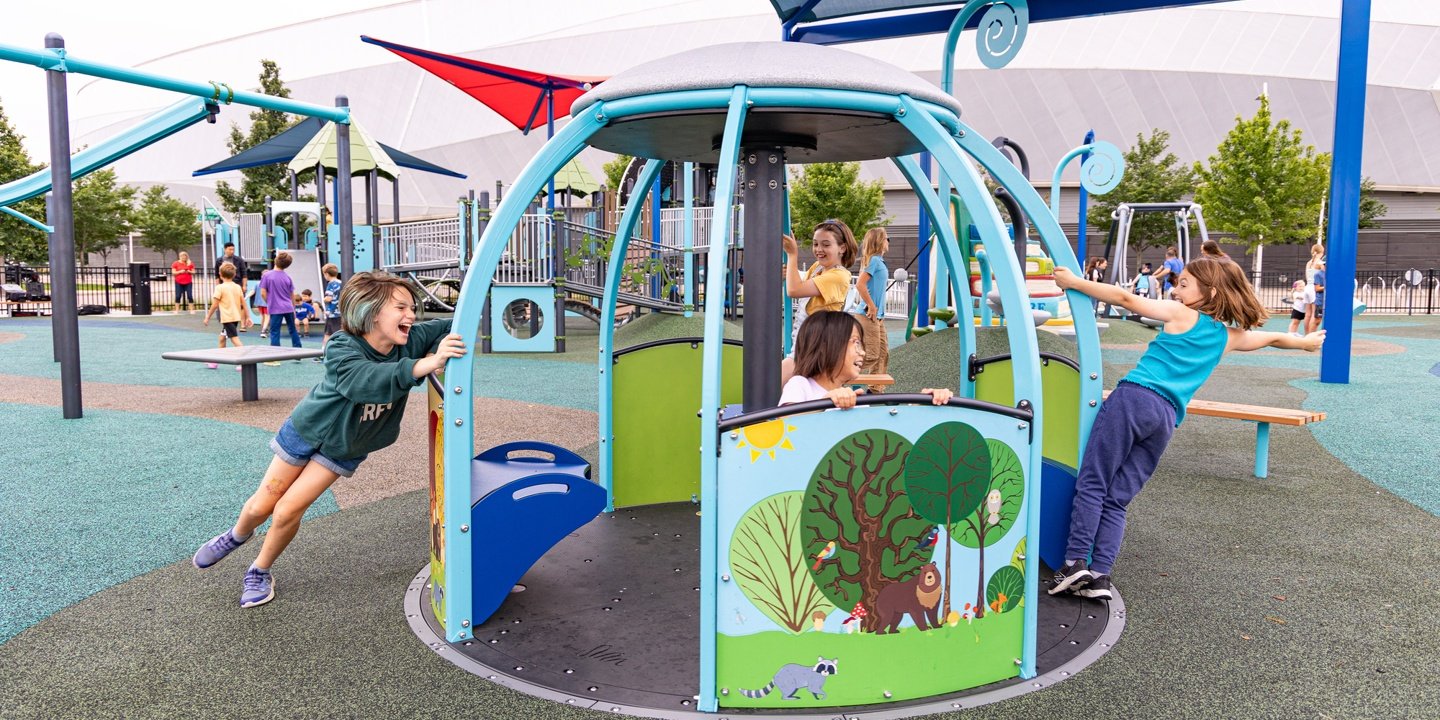The Importance of Inclusive Playgrounds

Playgrounds Without Limits: The Power of Inclusive and Sensory-Rich Play
Play is essential. It's more than just fun--it's a foundation for exploration, skill-building and independence. As playground design evolves, it must continue to meet the needs of children of all abilities, ensuring play is accessible and engaging for everyone.
A well-designed playground stimulates all seven senses: tactile, visual, auditory, vestibular (balance), proprioception (body awareness), motor-planning and social/imaginative. Inclusive playgrounds incorporate varied play experiences and sensory stimulation while ensuring accessibility for all.
According to the CDC, one in four Americans has a disability including disabilities related to mobility, cognition, hearing and vision. Public spaces must be designed to welcome everyone, including children like Rubye Rogers, who has no depth perception. "On an inclusive playground, she gets to be her full self--more confident and less anxious," says her mother, Taylor.